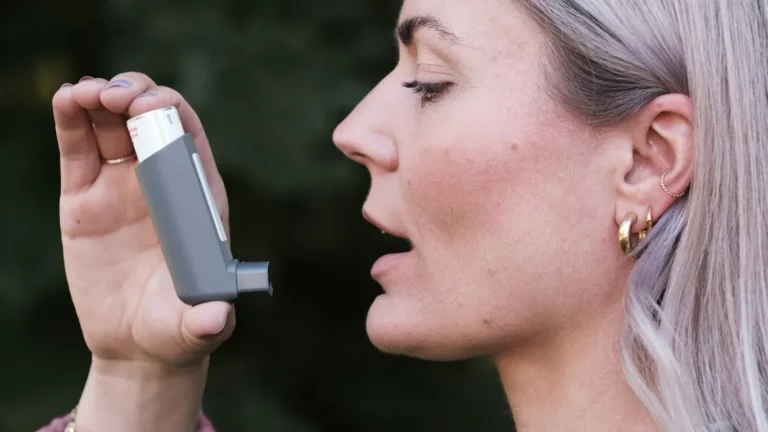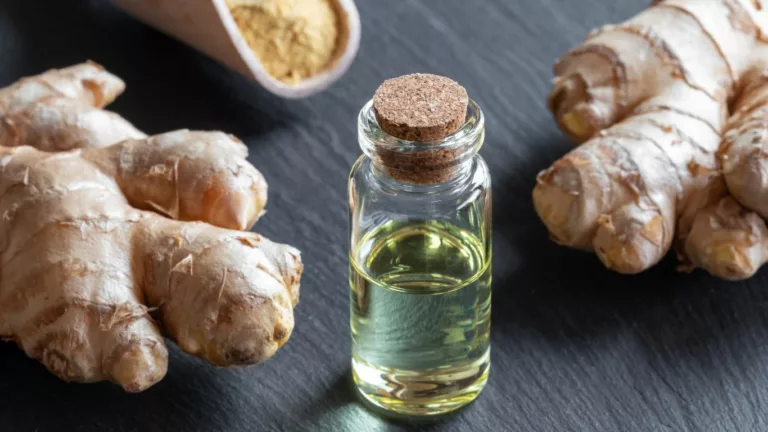How to Tell If Joint Pain Is From RA or Gout: What to Know
Joint pain can deeply affect daily life, making even simple movements uncomfortable. For many, the discomfort stems from inflammatory conditions like rheumatoid arthritis (RA) or gout. While both cause joint pain, they differ in many ways. Understanding these differences can help guide treatment and support better health outcomes.
This guide explores the signs, causes, and treatment options for RA and gout joint pain. If you’re managing symptoms or trying to understand what’s going on in your body, this calm and compassionate overview is here to help.
Signs and Symptoms
RA and gout often feel similar at first. Both can bring pain, swelling, and stiffness, but the patterns and triggers tend to differ. Paying attention to the specific qualities of your joint pain may help you and your healthcare provider make sense of what’s going on.
Rheumatoid Arthritis (RA)
- Joint pain on both sides of the body (symmetrical)
- Morning stiffness that lasts longer than 30 minutes
- Swelling, warmth, and tenderness in joints
- Fatigue and low energy
- Small joints (like fingers and wrists) often affected first
Gout
- Sudden, intense joint pain (often at night)
- Usually affects one joint at a time
- Commonly starts in the big toe
- Redness, swelling, and warmth over the joint
- Attacks may come and go over time
While RA builds gradually over weeks or months, gout tends to strike quickly. If you’ve ever been woken by sharp pain in a single joint, especially the big toe, gout may be the cause.
Causes
RA and gout come from different sources within the body. Understanding what triggers them can offer clarity and help guide meaningful lifestyle changes or medical care.
What Causes RA?
Rheumatoid arthritis is an autoimmune disease. This means the immune system mistakenly attacks the body’s own tissues—especially the joints. Over time, this can lead to inflammation, joint damage, and pain.
Experts aren’t sure exactly why this happens, but some risk factors include:
- Genetics (a family history of RA)
- Gender (more common in women)
- Smoking
- Environmental exposures
What Causes Gout?
Gout develops from high levels of uric acid in the blood. When too much uric acid builds up, it forms sharp crystals in the joints. These crystals cause the sudden pain and swelling seen during gout attacks.
Risk factors for gout include:
- Diets high in purines (red meat, shellfish, alcohol)
- Obesity
- Kidney problems
- Certain medications (like diuretics)
- Family history of gout
Unlike RA, gout doesn’t stem from an autoimmune process. It’s more of a metabolic condition, linked to how the body processes certain substances.
When to Get Help
Any joint pain that interferes with daily activities deserves attention. But there are specific signs that point to the need for a professional evaluation.
Consider seeking help if you notice:
- Joint pain that lasts more than a few days
- Swelling that doesn’t go down
- Fever or warmth over a joint
- Sudden onset of severe pain, especially in a single joint
- Fatigue, weight loss, or general unwell feeling alongside joint symptoms
Both RA and gout can lead to long-term joint damage if left untreated. The sooner you identify the cause, the better the chances of managing it effectively and preserving joint function.
Treatment
Treating joint pain starts with identifying its root cause. While RA and gout require different approaches, both benefit from early care and long-term management plans.
Managing RA
Treatment for RA focuses on reducing inflammation and preventing joint damage. A rheumatologist often leads care, guiding medication choices and lifestyle changes.
Common RA treatments include:
- DMARDs (disease-modifying antirheumatic drugs)
- Biologic medications that target the immune system
- Anti-inflammatory drugs (NSAIDs)
- Physical therapy and exercise
- Stress reduction and rest
RA is a lifelong condition, but many people find significant relief with the right treatment. Over time, the goal is to reach remission—where symptoms are minimal or gone.
Managing Gout
Gout treatment often starts with managing pain during a flare-up. Then, it shifts toward preventing future attacks by lowering uric acid levels in the blood.
Gout care may include:
- Medications like colchicine or NSAIDs for acute pain
- Uric acid-lowering drugs (e.g., allopurinol)
- Hydration and a low-purine diet
- Weight loss if appropriate
- Reducing alcohol and sugary drink intake
While gout can be intense, it is highly manageable. Many find that with the right habits and medications, flares become less frequent or stop entirely.
Living With Joint Pain
Joint pain from RA or gout can feel overwhelming at times. But you’re not alone. These conditions are common, and there are effective ways to manage both the physical and emotional impact.
Here are a few strategies that may help:
- Keep a journal of symptoms to share with your provider
- Follow a balanced, anti-inflammatory diet
- Move gently every day—stretching or walking is enough
- Connect with others through support groups or counseling
- Work with a rheumatologist to adjust treatment over time
Studies have shown that consistent care and early treatment can significantly improve outcomes in both RA and gout. You may not be able to control everything, but small, steady steps can make a big difference.
A Gentle Reminder
If you’re living with joint pain and unsure what’s causing it, don’t wait for it to become unbearable. RA and gout can both respond well to treatment—especially when caught early.
Reach out to your healthcare provider. Ask questions. Keep notes. The more you learn about your body, the more empowered you’ll feel on your path to relief.

Tarra Nugroho is a dedicated Nurse Practitioner with a strong foundation in family and preventive care. She brings both compassion and clinical expertise to her practice, focusing on patient-centered care and health education. As a contributor to Healthusias.com, Tarra translates medical knowledge into clear, empowering articles on topics like women’s health, chronic disease management, and lifestyle medicine. Her mission is simple: help people feel seen, heard, and informed—both in the clinic and through the content she creates. When she’s not caring for patients, Tarra enjoys weekend hikes, plant-based cooking, and curling up with a good health podcast.






